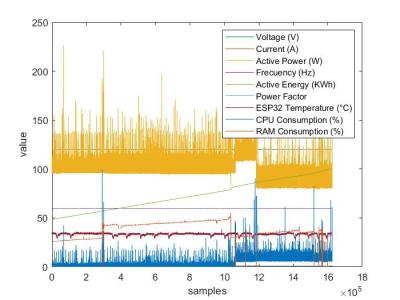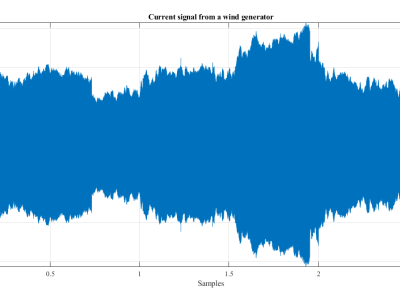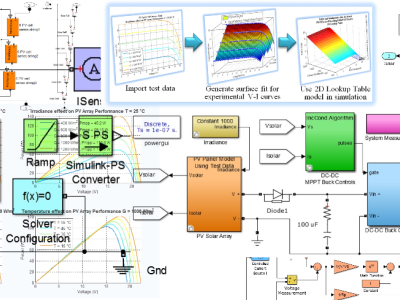Multi-Cell Temperature Test
- Citation Author(s):
-
Yajie Jiang
- Submitted by:
- Yajie Jiang
- Last updated:
- DOI:
- 10.21227/9vnh-8867
 83 views
83 views
- Categories:
- Keywords:
Abstract
To evaluate the thermal behavior of multiple battery cells under operational conditions, a series of controlled temperature tests were conducted. First, each cell was equipped with calibrated thermocouples (type K) attached to its surface at the geometric center to ensure consistent temperature acquisition. The cells were then placed in a thermal chamber to maintain a constant ambient temperature. A programmable charge/discharge unit was used to apply identical current profiles to all cells simultaneously. During the test, temperature data from each cell was continuously recorded at 1 Hz using a multi-channel data acquisition system. The test was repeated under different ambient conditions (e.g., 25 °C, 35 °C, 45 °C) and current rates (e.g., 0.5C, 1C, 2C) to investigate temperature rise characteristics. All data were later synchronized and post-processed for analysis of maximum temperature, temperature gradient between cells, and transient thermal response.
Instructions:
To evaluate the thermal behavior of multiple battery cells under operational conditions, a series of controlled temperature tests were conducted. First, each cell was equipped with calibrated thermocouples (type K) attached to its surface at the geometric center to ensure consistent temperature acquisition. The cells were then placed in a thermal chamber to maintain a constant ambient temperature. A programmable charge/discharge unit was used to apply identical current profiles to all cells simultaneously. During the test, temperature data from each cell was continuously recorded at 1 Hz using a multi-channel data acquisition system. The test was repeated under different ambient conditions (e.g., 25 °C, 35 °C, 45 °C) and current rates (e.g., 0.5C, 1C, 2C) to investigate temperature rise characteristics. All data were later synchronized and post-processed for analysis of maximum temperature, temperature gradient between cells, and transient thermal response.








